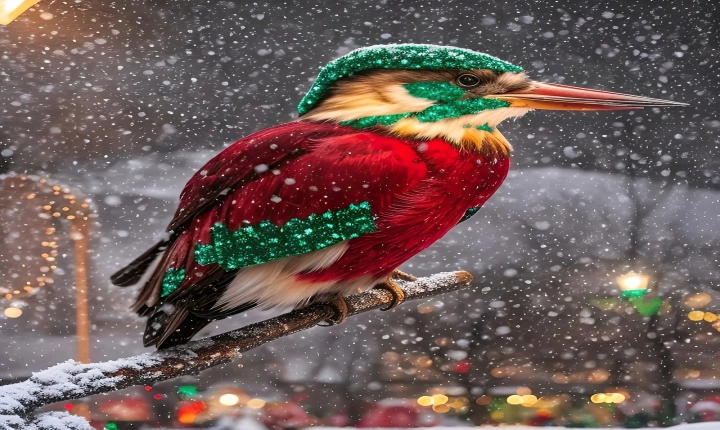Title: Exploring the World of AI Artists
In recent years, the art world has been witnessing a revolution, thanks to the emergence of AI artists. Artificial intelligence, once confined to the realm of technology, has now become a significant player in the creative sphere, producing artworks that rival those made by human artists. But what exactly is an AI artist, and how are they changing the landscape of art?
AI artists are essentially algorithms and computer programs that are designed to generate visual or conceptual art. These programs are trained on massive datasets of artwork, learning the patterns, styles, and techniques used by human artists. Once trained, they can produce original artworks, often indistinguishable from those created by humans.
One of the most prominent examples of AI art is the work of the artist collective Obvious, who gained attention in 2018 for selling a portrait generated by AI for a significant sum at auction. The artwork, titled “Edmond de Belamy,” sparked a debate about the role of AI in art and its potential to rival human creativity.
AI artists are not limited to merely replicating existing styles; they also have the capacity to create entirely new forms of art. This is achieved through a process known as “creative adversarial networks,” where AI learns to generate novel and innovative compositions.
Moreover, AI artists have the ability to work at speeds and scales that human artists cannot match. They can churn out thousands of artworks within a short span of time, providing a wealth of options for curators, collectors, and art enthusiasts.
The rise of AI artists has also raised ethical and philosophical questions about the nature of creativity and authorship. When an artwork is created by an AI, who is the true creator? Is it the programmers who designed the AI, the AI itself, or a combination of both? These questions challenge our traditional notions of artistic creation and ownership, forcing us to reconsider the boundaries of human creativity.
Despite these questions and challenges, the potential of AI artists to expand the horizons of art is undeniable. By augmenting human creativity and introducing new possibilities, AI artists have the power to inspire and challenge the art world in profound ways.
As with any technological advancement, there are concerns about the impact of AI artists on the livelihoods of human artists. However, many see AI as a tool that can complement human creativity rather than replace it. Just as the advent of photography did not render traditional painting obsolete, AI art can coexist alongside, and even enhance the work of human artists.
In conclusion, the world of AI artists holds immense promise and potential. As technology continues to advance, so too will the capabilities of AI in the realm of art. While the full impact of AI artists is yet to be realized, one thing is clear – they are reshaping the way we perceive and engage with art, ushering in a new era of creative expression.
